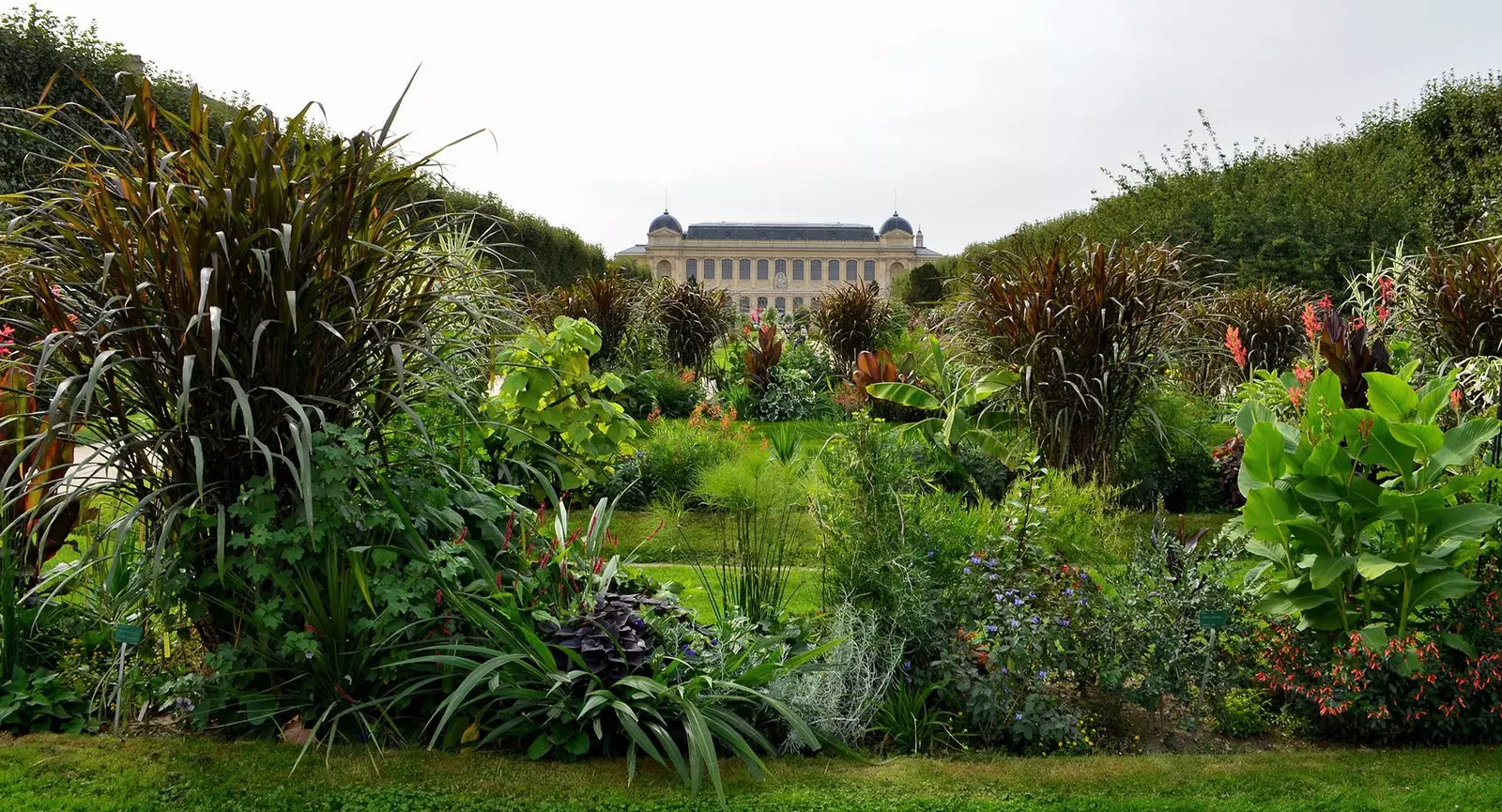
Facade of the Grande Galerie de l'Évolution in Paris, in Le Jardin des Plantes.
“Plants are a crucial component in the cycles that allow human survival, so we must care for and respect them. Very soon the wildest spaces will be a rarity despite the great adaptation of plants. We cannot let them disappear before they are collected, named and studied”, explains Marc Jeanson, botanical director of the Majorelle Garden in Marrakech and one of the architects of the exhibition La Beauté se Cultive, a Chanel initiative that opens its doors today and until September 27 at the Jardin des Plantes in Paris, at the National Museum of Natural History.
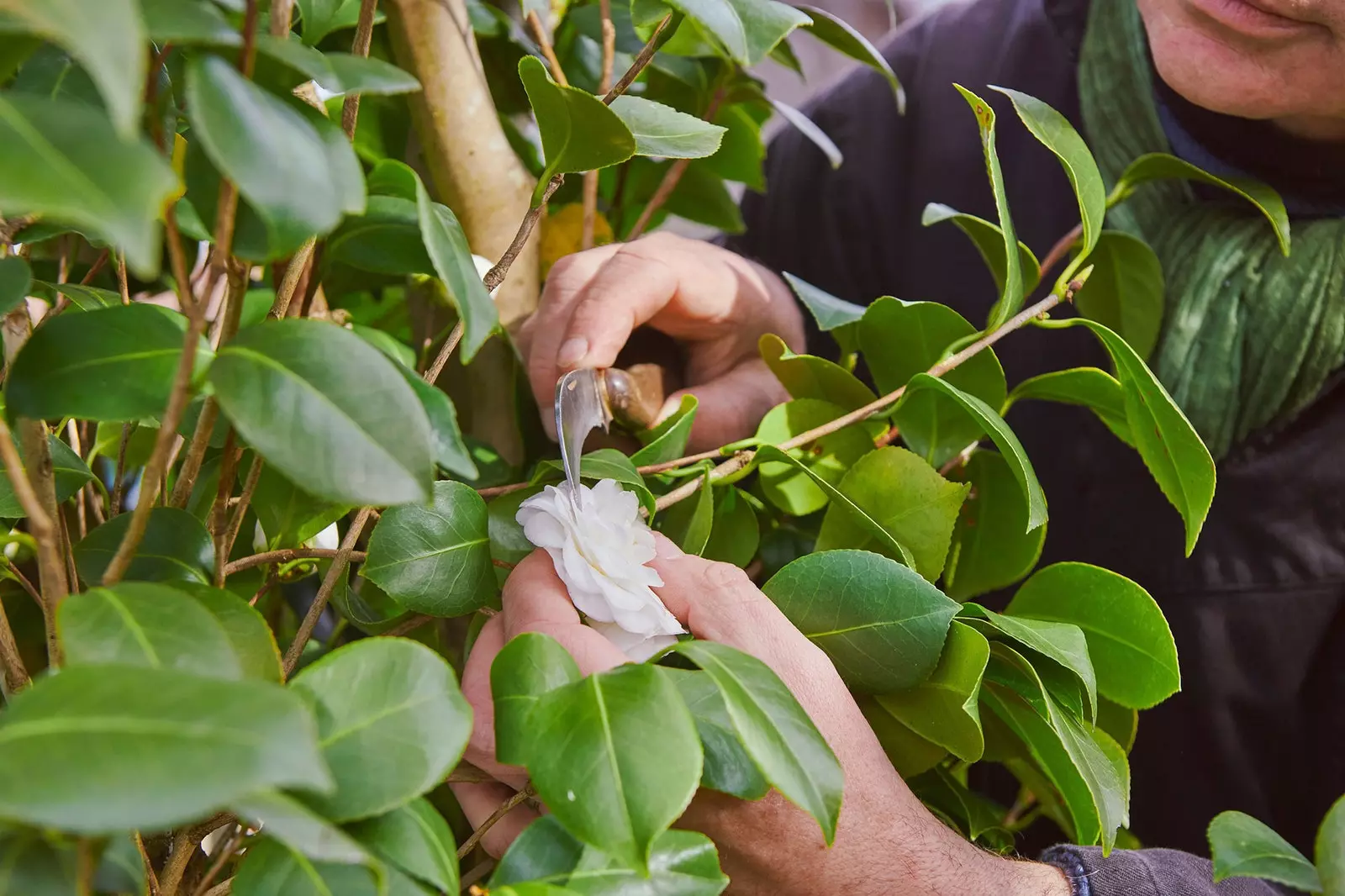
The cultivation of the camellia, emblematic flower of Chanel.
The sample consists of all an immersive experience in the heart of the maison's laboratories, in the open air, where you can discover its plant sectors located around the world. Rare pieces from its botanical collections have been selected for this occasion, building a leafy paradise where much of the world's biodiversity is expressed.
What will visitors discover in it? "For example plants are extremely intelligent, if we define intelligence as the ability to adapt to a specific environment and to the changes that affect this environment”, Jeanson explains to us, who highlights that one of the objectives of the exhibition is to highlight the importance of plants. “That is one of the great strengths of this project. We must give value to plants, since they are the basis of many medicinal and cosmetic remedies, and since we cannot do without them, nor even exist without them”.
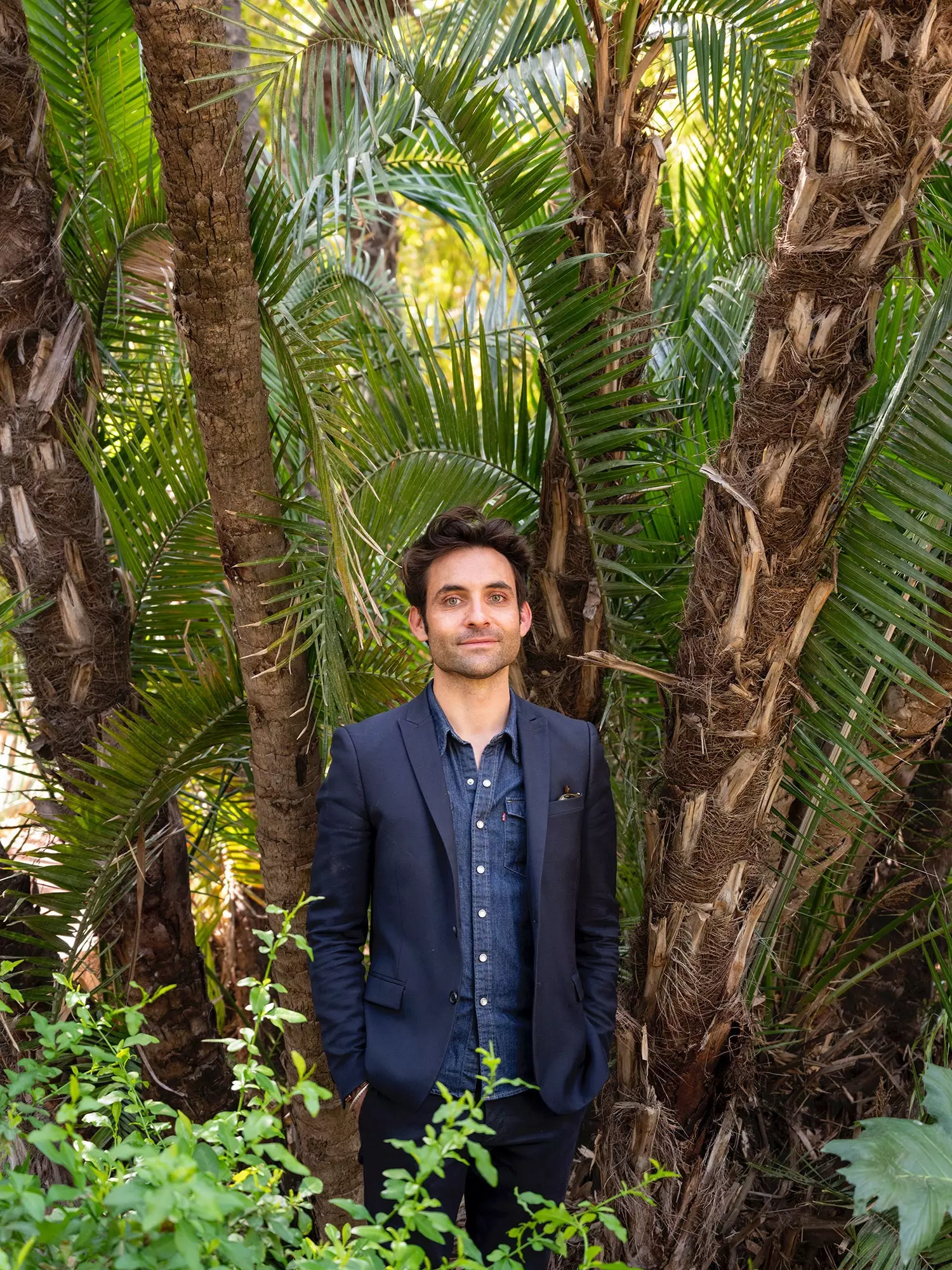
Portrait of Marc Jeanson, one of the curators of the exhibition.
Beauty firms are often at the forefront of research in terms of ingredients and formulations, so that later some of the advances made by their laboratories are of general interest to health. “Completely”, agrees Nicola Fuzzati, director of innovation and development of cosmetic ingredients at Chanel, who is in charge of the research and the production of active cosmetic ingredients, from plant material collected around the world.
“Together with the team and With the help of botanists, we explore the planet in search of promising plants, study their behavior in the environment and analyze their composition in order to select the most interesting ones for their cosmetic properties”.
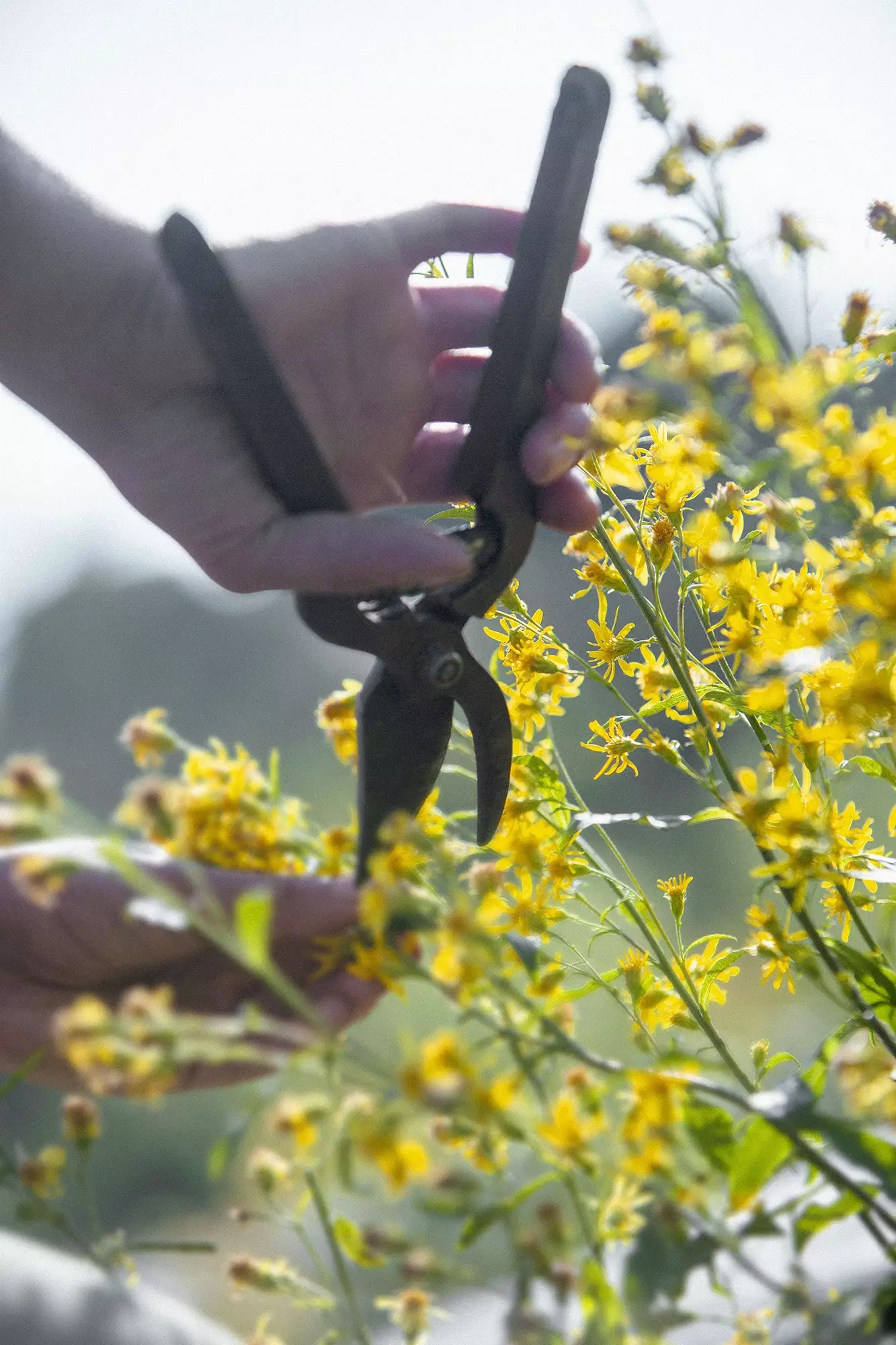
Knowing and preserving the natural world is crucial for all of us.
"We have created open-air laboratories that house plants from which we collect their assets. These laboratories are true centers of research, cultivation and botanical experimentation. at the service of creating our own natural ingredients of unique quality for the composition of new beauty products”, concludes the chemist.
In Chanel's lab An average of 100 plants per year are analyzed to identify the molecules of greatest interest to the skin. When asked if they prioritize the discovery of new ingredients or focus more on delving into those that are currently known, Nicola answers: "We believe in research, creation and long-term innovation. Said long term does not exclude the brilliance of intuition, but always combines it with observation, seeking discovery without denying natural inheritance, so we are not guided by the pressure of today's metronome and trends, but rather we prefer to take fair actions at your own pace.”
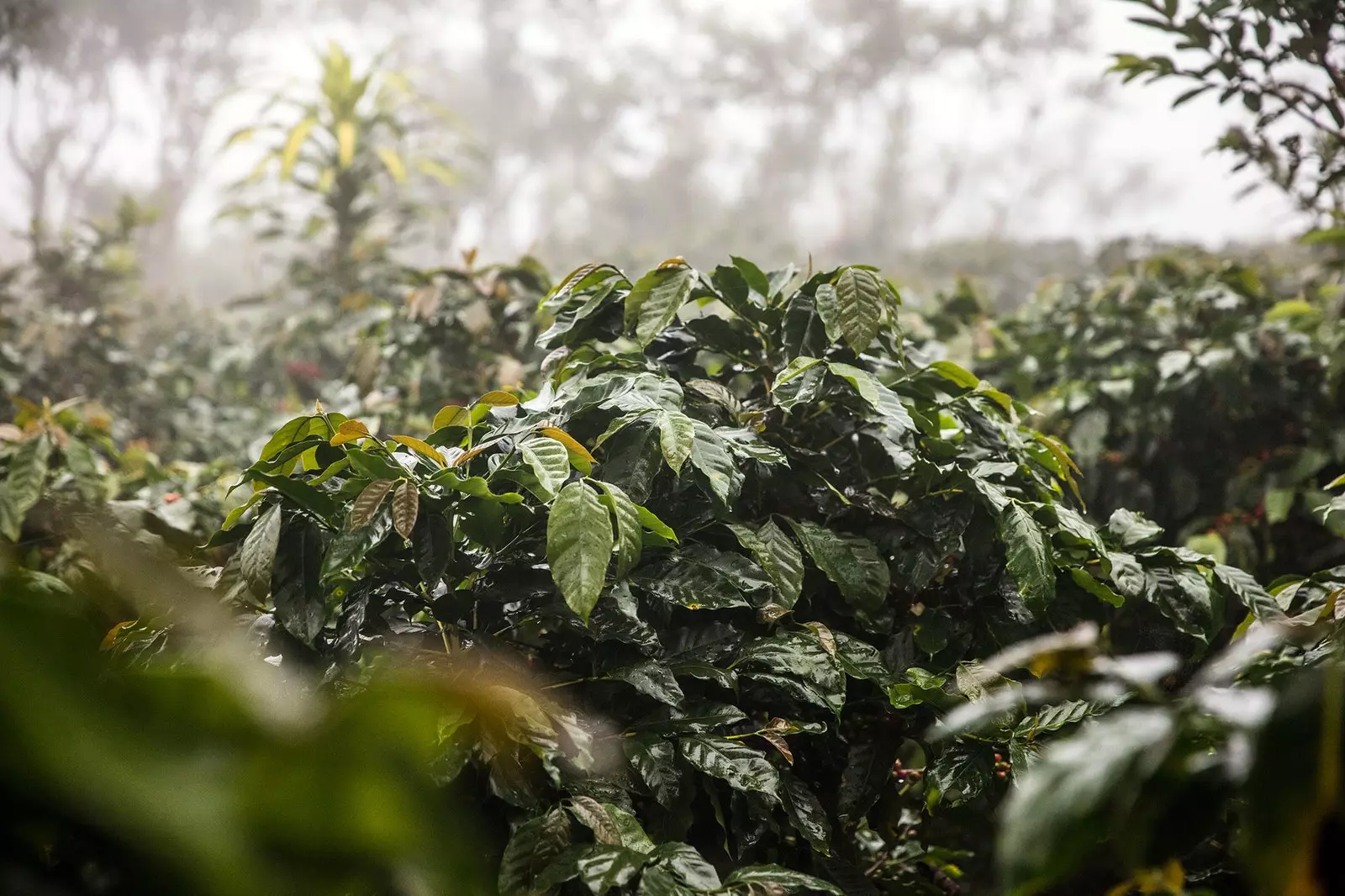
Green coffee plantations in Costa Rica.
His main mission is to travel the world to explore biodiversity hotspots and collaborate with local institutions to identify the most beneficial plants for cosmetics. “This diversity of plants is a reservoir of molecules with very interesting biological activities. Once we have identified the molecules of interest in the plant, We develop specific technologies to concentrate these compounds by eliminating undesirable molecules and thus obtain an active ingredient that is as pure as it is effective. When we get a sample of the enriched extract, we send it to the cell biology lab, where it is analyzed for biological targets for the skin,” continues Nicola.
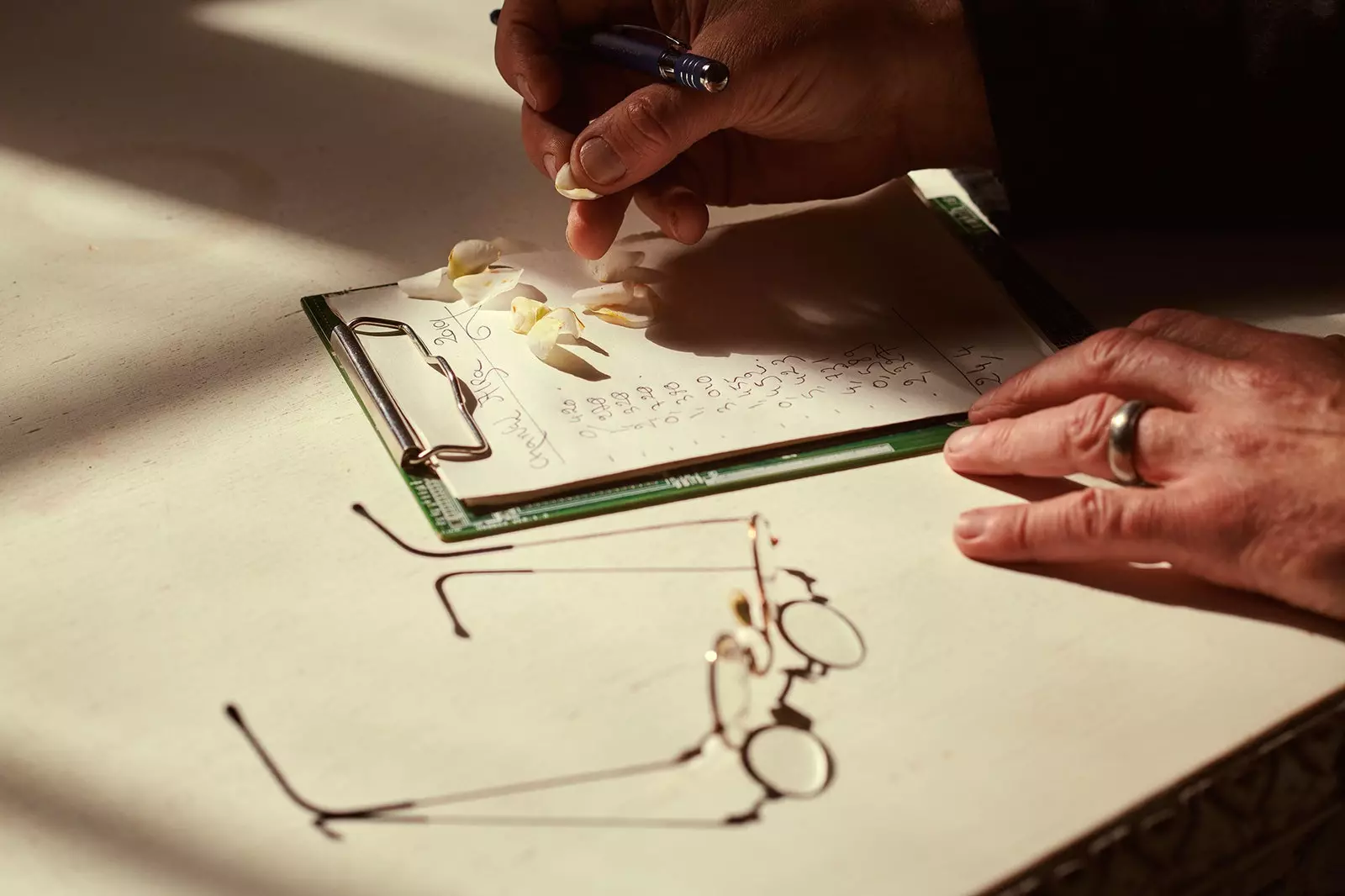
The study and dissemination of plants and their benefits is one of the objectives of this exhibition.
“In the laboratory that he directs in Pantin, many scientists work to identify these high-potential molecules in the selected plants and extract these molecules using adapted and optimized extraction and separation techniques according to the principles of sustainable chemistry. Each plant is unique and none reveals its secrets in the same way. we have to reinvent and innovate in each case”.
In this curious exhibition, the different rooms and workshops explain the different properties of the raw materials they use. “At Chanel we knew, for example, the properties of olive oil (extracted from Sardinia), but in 2014 we discovered that olive leaves are very rich in polyphenols, They have protective properties for the skin. So we decided to combine the power of these two parts of the plant to create a super oil.”
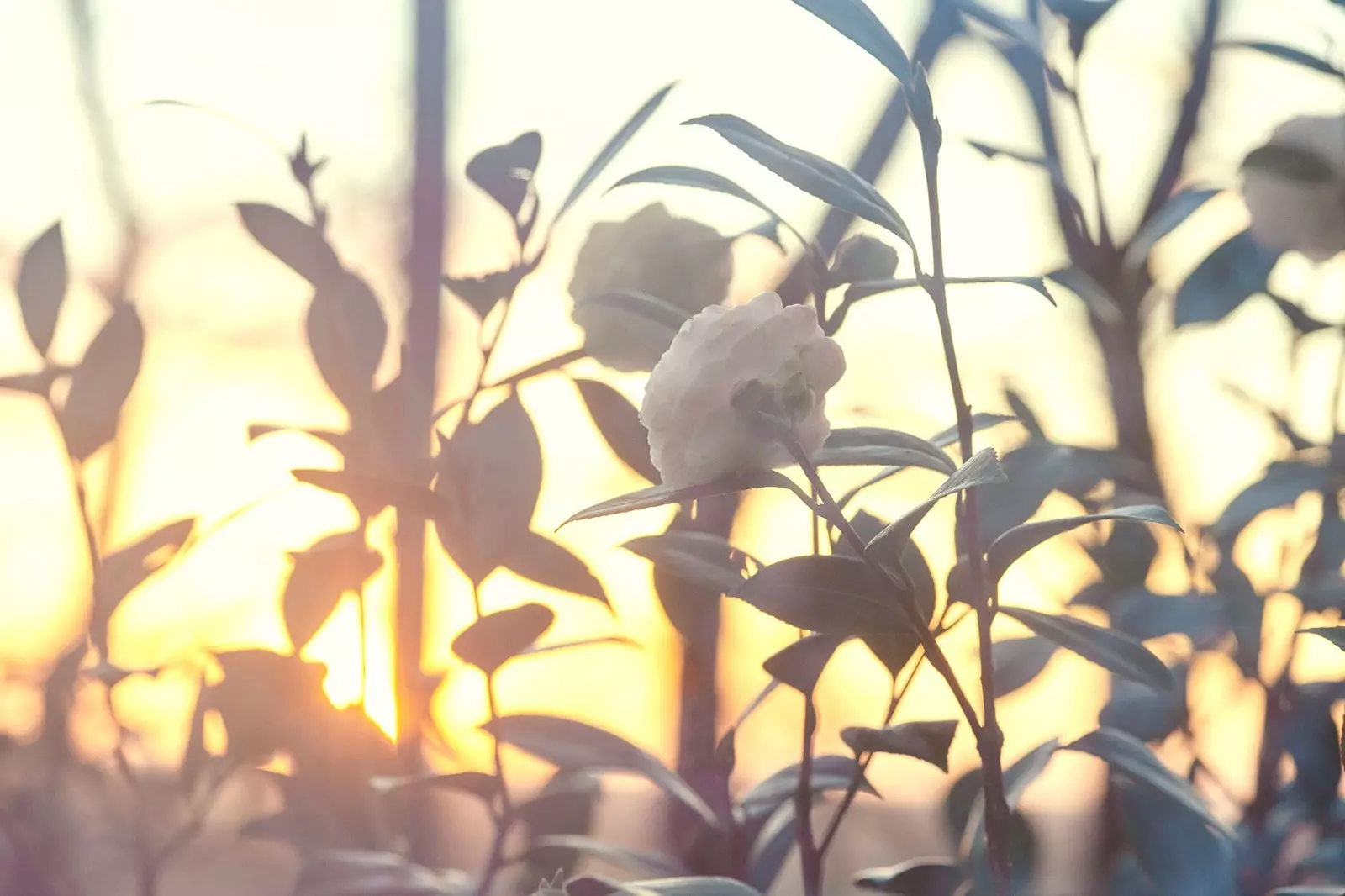
Camellia fields.
Another discovery was that of the beneficial properties of alfalfa. “Like retinol, the reference molecule in terms of regeneration, alfalfa (France) works on two levels of the skin, acting on both the epidermis and the dermis. Vanilla planifolia from Madagascar is also very interesting since everything from the plant is used, from the leaf used to make vanilla stem cells with repairing properties to the seed It serves as an exfoliant for the skin.
In short, a most interesting nature lesson and a delicious walk among the world's precious plants.
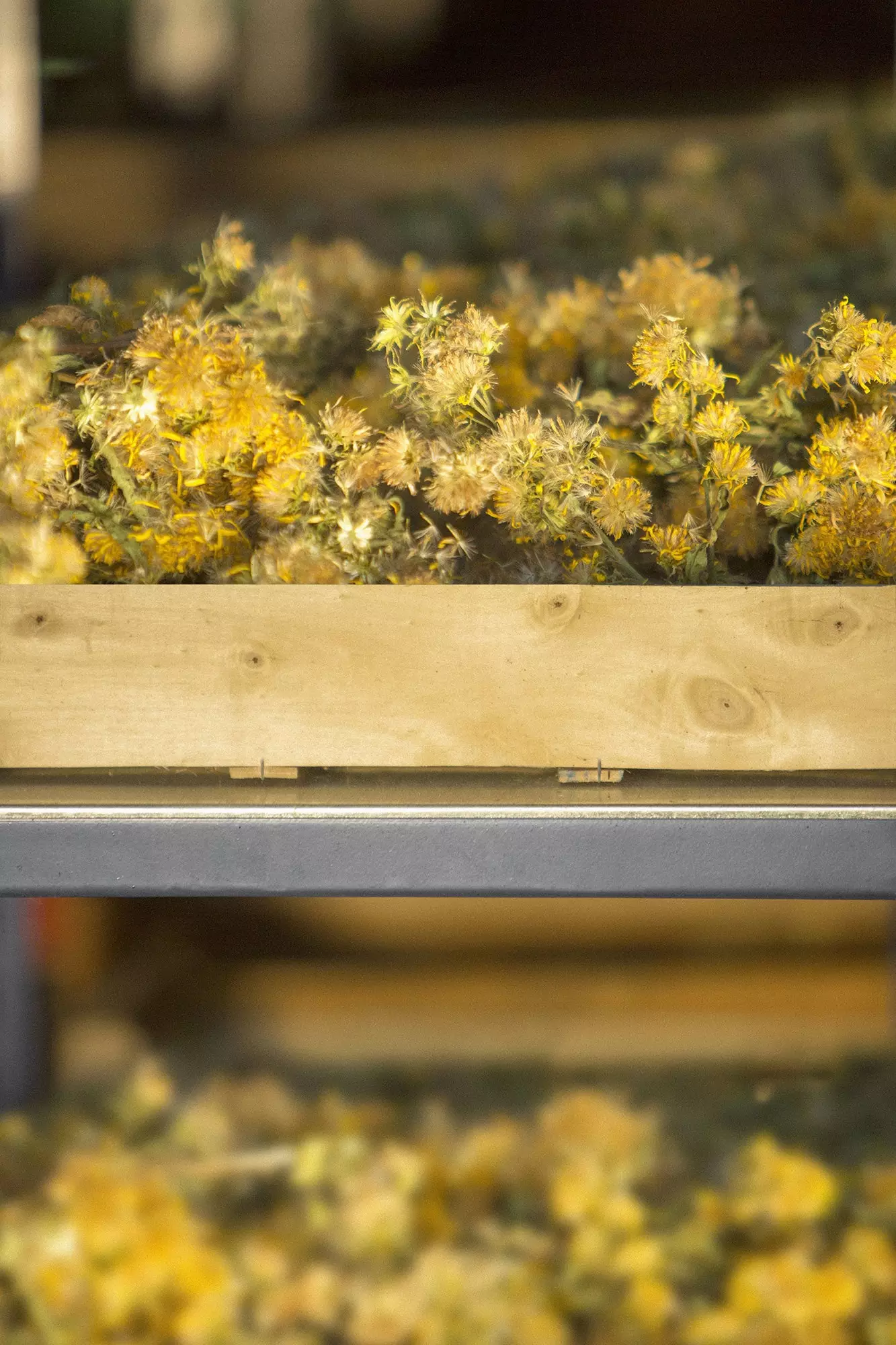
The benefits of plants are a gift of nature.
